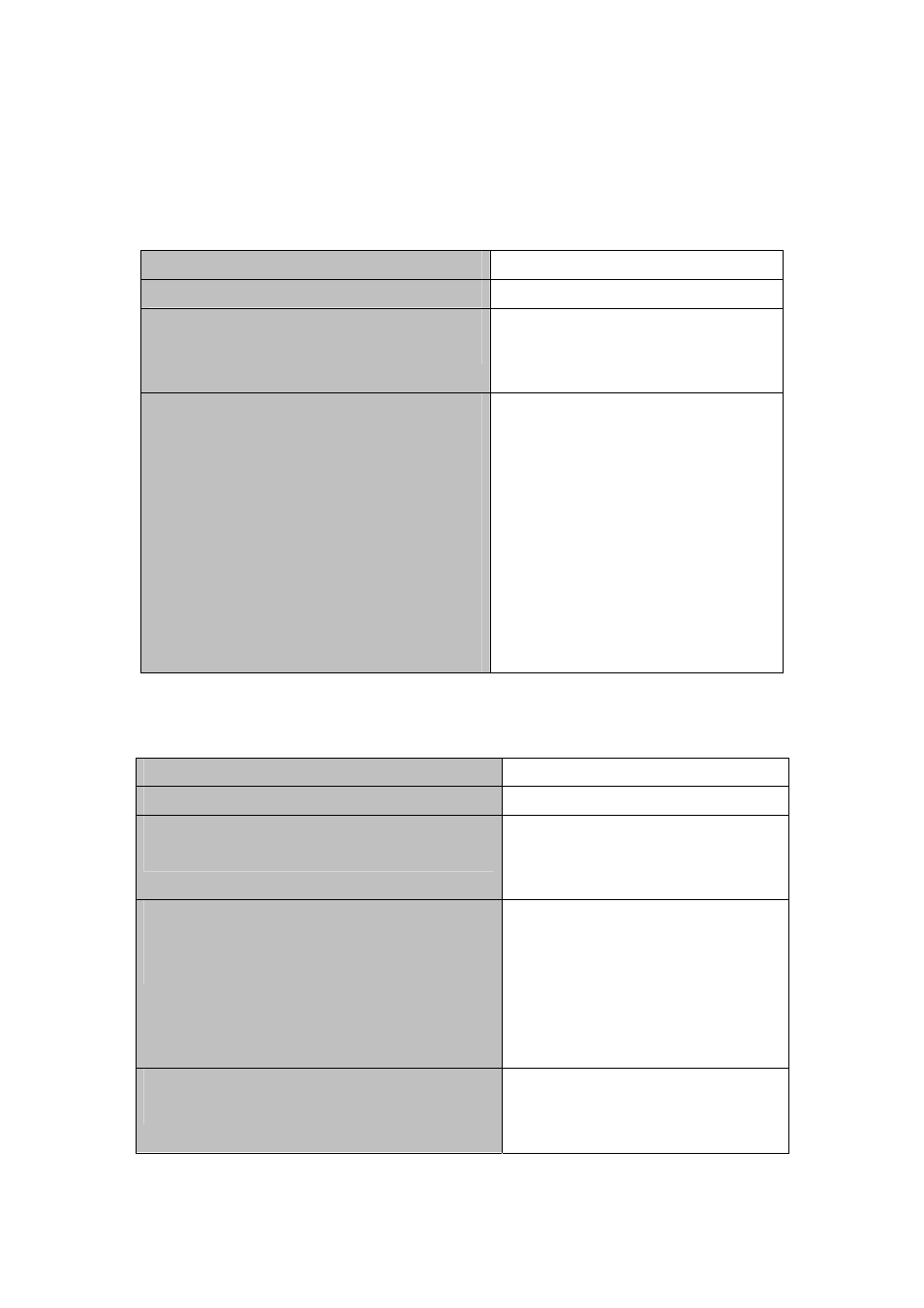PLANET WGSW-52040 User Manual
Page 225

operation
3. Bind flexible QinQ policy-map to port
1. Configure class map
Command Explanation
Global mode
class-map <class-map-name>
no class-map <class-map-name>
Create a class-map and enter
class-map mode, the no command
deletes the specified class-map.
match {access-group <acl-index-or-name> |
ip dscp <dscp-list>| ip precedence
<ip-precedence-list>| ipv6 access-group
<acl-index-or-name>| ipv6 dscp <dscp-list> |
ipv6 flowlabel <flowlabel-list> | vlan
<vlan-list> | cos <cos-list> | c-vlan
<vlan-list>
}
no match {access-group | ip dscp | ip
precedence|ipv6 access-group| ipv6 dscp |
ipv6 flowlabel | vlan | cos | c-vlan}
Set the match standard of class-map,
(classify data flow by ACL, IPv4
Precedent or DSCP, etc for the class
map); the no command deletes the
specified match standard.
2. Configure policy-map of flexible QinQ
Command Explanation
Global mode
policy-map <policy-map-name>
no policy-map <policy-map-name>
Create a policy-map and enter
policy-map mode, the no command
deletes the specified policy-map.
class <class-map-name> [insert-before
<class-map-name>]
no class <class-map-name>
After a policy-map is created, it can be
associated to a class. Different policy
or new DSCP value can be applied to
different data flows in class mode; the
no command deletes the specified
class-map.
set {s-vid <new-vid>}
no set {s-vid }
Assign the new cos and vid value to the
packets which match the class map, no
command cancels the operation.
25-4